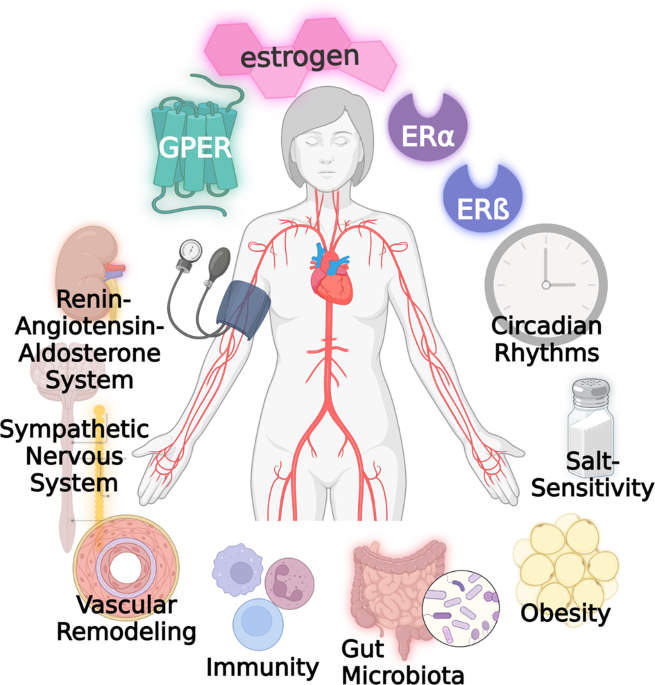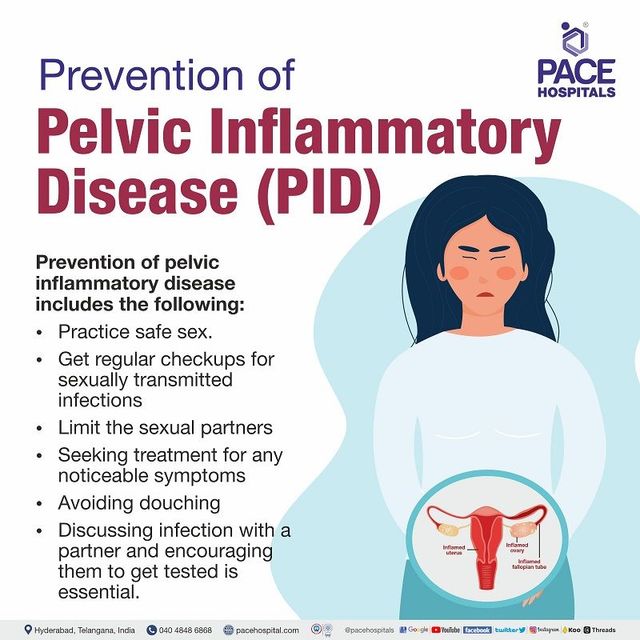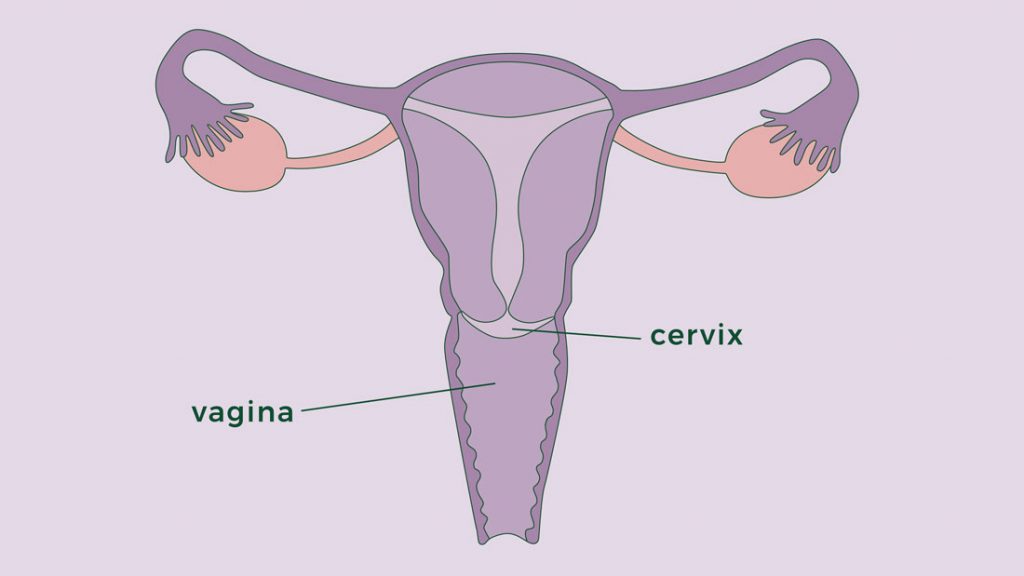Chemotherapy: Unveiling the Science, Benefits, and Side Effects
Chemotherapy is a drug treatment that uses powerful chemicals to kill fast-growing cells in the body. It is most commonly used to treat cancer.
There are many different chemotherapy drugs available and they can be used alone or in combination to treat various types of cancers.
Chemotherapy treatment also carries the risk of side effects, some of which may be mild and treatable while others can be serious complications.
Chemotherapy may be used in different settings for people with cancer:
1. As the primary or sole treatment for cancer.
2. After other treatments, such as surgery, to kill any remaining cancer cells.
3. To shrink a tumor before other treatments, such as radiation or surgery.
4. To relieve signs and symptoms of cancer by killing some cancer cells (palliative chemotherapy).
Furthermore, some chemotherapy drugs have been found to be useful in treating other conditions like bone marrow diseases and immune system disorders.
The side effects of chemotherapy drugs vary, with each drug causing different side effects.
Common side effects include nausea, vomiting, diarrhea, hair loss, loss of appetite, fatigue, fever, mouth sores, pain, constipation, easy bruising, and bleeding.
These side effects can be prevented or treated, and most subside after treatment ends.
Late side effects of chemotherapy can include lung damage, heart problems, infertility, kidney problems, nerve damage, and the risk of developing a second cancer.
Before starting chemotherapy, patients may need to have a device, such as a catheter, port, or pump, surgically inserted if receiving intravenous chemotherapy.
Tests and procedures, including blood tests to check kidney and liver functions and heart tests, may also be conducted to ensure the body is ready for chemotherapy.
Seeing a dentist to check for signs of infection is recommended, as some chemotherapy drugs can weaken the body’s ability to fight infections.
Planning ahead for side effects is also important, such as considering options for preserving sperm or eggs if infertility is a potential side effect, or preparing for hair loss by arranging for head coverings.
Most chemotherapy treatments are given in outpatient clinics, allowing people to continue their usual activities.
The choice of chemotherapy drugs is based on factors such as the type and stage of cancer, overall health, and previous treatments.
Chemotherapy drugs can be given through infusions, pills, shots, creams, or applied directly to specific areas of the body.
The frequency of chemotherapy treatments depends on the specific drugs, the characteristics of the cancer, and how well the body recovers after each treatment.
Chemotherapy treatments can be received in an outpatient chemotherapy unit, doctor’s office, hospital, or at home.
During treatment, the patient will regularly meet with their oncologist to discuss side effects and undergo scans and tests to monitor the cancer’s response.
Clinical trials are being conducted at Mayo Clinic to explore tests and procedures for preventing, detecting, treating, or managing conditions related to chemotherapy.









